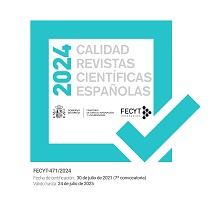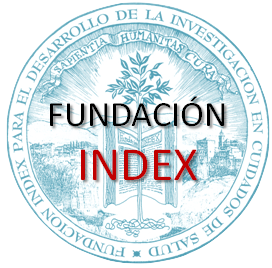Neonatal Abstience Syndrome: evolution in the last ten years
Abstract
Introduction: Neonatal abstinence syndromes defined as a group of symptoms experienced by the newborn after the withdrawal of addictive drugs. Currently substance abuses one of the most important health problems in our society. Drug abuse by pregnant women is a relatively common condition and involves serious consequences for newborns.Aim: To know the state of the prevalence and incidence of neonatal abstinence syndrome (NAS), as reflected in the literature.
Methodology: It has been held a bibliographical search through the databases offered by the library of the University of Seville: IMEbiomedicine, PubMed, SCOPUS, CINAHL, CUIDEN and The Cochrane Library Plus.
Results: 627 articles have been found in total of which 62 articles seemed to be valid finally selecting 22 which have added 5 more articles, from a secondary search admitting a total of 27articles.
Conclusions: After the review it has been observed an increase in prevalence in recent years regarding drug use in women of child bearing age and pregnant women which has resulted in an increase of neonatal abstinence syndrome. So it would be recommendable conducting population studies to check with greater verisimilitude the incidence of SAN along with the prevention and detection of toxic substances in pregnancy which could be useful to reduce the numbers of cases.
Downloads
-
Abstract3874
-
PDF (Español (España))2610
The works published in this magazine are subject to the following terms:
1. The Publications Service of the University of Murcia (the publisher) preserves the copyright of the published works, and encourages and allows the reuse of the works under the license for use stated in point 2.
© Servicio de Publicaciones, Universidad de Murcia, 2011 (© Publications Service, University of Murcia, 2011)
2. The works are published in the electronic edition of the journal under Creative Commons Reconocimiento-NoComercial-SinObraDerivada 3.0 España(texto legal) “ a Attribution-NonCommercial-NoDerivatives 3.0 Spain license (legal text)”. They can be copied, used, broadcasted, transmitted and publicly displayed, provided that: i) the authorship and original source of their publication (journal, publisher and URL) are cited; (ii) are not used for commercial purposes; iii) the existence and specifications of this license is mentioned.
3. Conditions of self-archiving. Authors are allowed and encouraged to electronically disseminate the pre-print (pre-reviewed ) and / or post-print (reviewed and accepted for publication) versions of their works prior to publication, as it ensures a wider circulation and dissemination which may lead to a possible increase in its mention and a higher scope among the academic community. RoMEO color: green.












